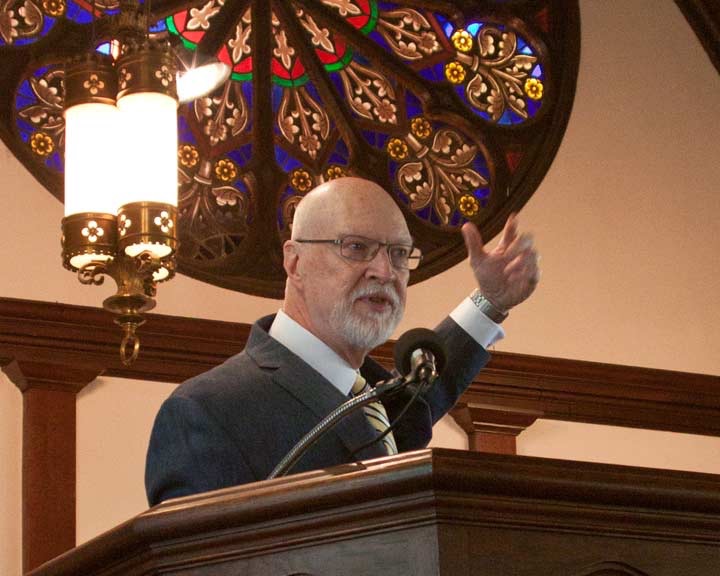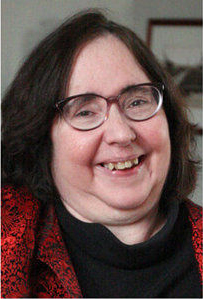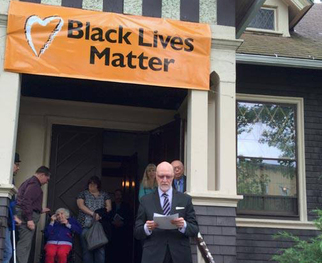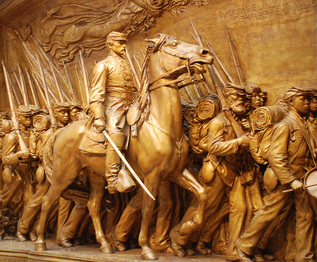312 FILLMORE STREET, STATEN ISLAND, NY 10301 PHONE: 718-447-2204
a HISTORY OF leadershipCurrent leadership teamIn the absence of a resident minister, a cohesive leadership team is important to our congregational health, vitality, and purpose. Our leaders include:
The Worship Guild Our Staff Our Board of Trustees Our Program Committees Each person plays a vital role in the shared ministry of our church. OUR MINISTERIAL SEARCH In the absence of a resident minister, while the UCSI Search Committee has been interviewing candidates, the five-member Worship Guild has been organizing and presenting Sunday Services. These services are led by guest ministers and lay members of the community with experience in various areas of social justice and spiritual practice. Informed by our Seven UUA Principles, the subjects for Sunday service include the history of African American Communities on Staten Island; The Life of Dorothy Day and the Catholic Worker; the Practice of Compassion in World Religions; Teaching Respect, Self-worth and Dignity at the PrideCenter of Staten Island; What We Can Learn from Anti-war Russians; Studying the Proposed 8th Principle, which examines racism in ourselves. Visiting clergy have addressed Christian Nationalism, Rev. Karen Pershing; Antisemitism Here and Now, Rabbi Michael Howald; The Transcendental Origins at the UCSI, Rev. Darrell Berger; The Birmingham Campaign of 1963, Rev. George McClain. OUR STAFF Director of Music, CAROLYN CLARK, D.M.A., (above) holds a Doctor of Musical Arts Degree from the Manhattan School of Music. As a French hornist, she has performed throughout the US and Canada. She is Executive Director of the Staten Island Philharmonic and a Staten Island Advance 2014 Women of Achievement award recipient.
Church Administrator, TBA Email at [email protected]. Building Superintendent, DEBRA MONTE Building Attendant, TBA BOARD OF TRUSTEES 2022 - 2023 President Christine Johnson Vice President Mike Stein Secretary Carol Lodato Treasurer Susan Flynn Trustees SallyJones, Kevin Clark, Randy Leason, Bonnie Will-Almeleh, Ben Maxwell BOARD NOMINATING COMMITTEES Nominating Committee 2022 - 2024 Mary Hernandez, Kate Nielsen, Juliette Moore, Jade Michaels COMMITTEES Committees form the backbone of our congregational life. You are warmly invited to participate in the committees, except as noted. For information about a committee and how to become a member, or to express a concern in a particular committee's area of interest, please contact us. |
A PROUD AND LIBERAL HistorySince its founding by Transcendentalists almost a hundred and fifty years ago, our church has had a proud and liberal heritage. Our leaders and members have included civil rights activists, champions of women's suffrage and women's liberation; antiwar and antinuclear activists. In 2005, our membership voted unanimously to become a Welcoming Congregation, opening our hearts to the lesbian, gay, bisexual and transgendered communities.
The Unitarian Church of Staten Island is a member of the Unitarian Universalist Association of Congregations. Unitarian Universalism is the result of the merger of two separate denominations: Unitarianism and Universalism. Unitarianism Originally, all Unitarians were Christians who did not believe in the Holy Trinity. Instead, they believed in the unity, or single aspect, of God. Unitarianism emerged in America in the early 19th century, stressing the importance of rational thinking, of each person's direct relationship with God, and of the humanity of Jesus. American Unitarianism American Unitarianism went through many changes, from the introduction of transcendentalist thought in the mid-1800s and humanist thought in the early 1930s. These contributed to the evolution of American Unitarianism into a more broad and flexible faith. Universalism As a theological doctrine, Universalism was a direct response to the Calvinist concept of predestination, that only the elected are chosen by God for salvation. Universalists held that all human beings will eventually be saved. Because of its loving and inclusive doctrine, Universalism quickly became popular in America, and the Universalist Church of America was formed in 1793. Unitarian Universalism After growing increasingly theologically and ethically close, the Unitarian and Universalist denominations consolidated in 1961 to form the new religion of Unitarian Universalism. Although Unitarian Universalism no longer solely holds traditional Unitarian or Universalist beliefs, it does draw directly on its heritage for much of its inspiration and grounding. During the mid-nineteenth century, the population of Staten Island numbered just over 15,000, with many newcomers from New England settling on the North Shore in Stapleton and New Brighton. On October 24, 1852, two congregations of liberal Christians, the New Brighton group known as the Congregational Church of the Evangelists and the United Independent Church of Stapleton, incorporated in what then became the Church of the Redeemer. Established in the Unitarian denomination, in 1853, the Church of the Redeemer opened its first building near what is now Victory Boulevard and Cebra Avenue. It called the Rev. John Parkman, a Unitarian minister originally from New Hampshire, to lead the conjoined congregations, which he had served separately prior to their merger. |
|




